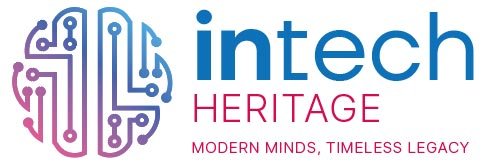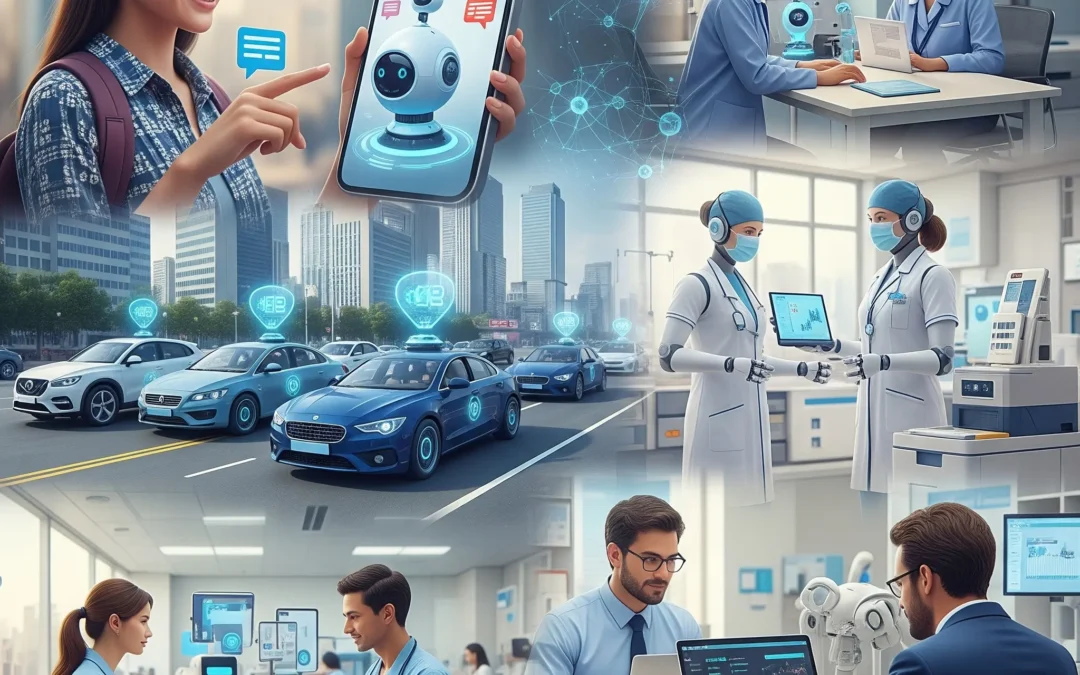Artificial Intelligence (AI) is rapidly transforming the world we live in, from process automation to creating systems that can learn and improve by themselves. To truly understand the impact of AI in various sectors, it’s essential to grasp some of the key concepts that underpin it. In this article, we’ll explore the fundamental AI concepts, their practical applications, and how each of these elements contributes to technological progress.
1. How Does Artificial Intelligence “Think”? Core Concepts
Like any complex field, understanding the basics of Artificial Intelligence is crucial to knowing how it works and how it can be effectively applied across various industries. Here are some of the fundamental concepts every professional should know:
1.1. Machine Learning
Machine Learning (ML) is the main engine driving modern AI solutions. It works much like the process of teaching a child to differentiate between two objects, like apples and pears. Instead of giving specific instructions on each characteristic (e.g., “apples are red and round”), we provide the system with a lot of examples, and the system learns to recognize patterns and make decisions on its own. The model can then predict or classify new inputs based on the data it’s learned.
1.2. Deep Learning
Deep Learning is an advanced subfield of Machine Learning, based on artificial neural networks that mimic the structure of the human brain. Unlike traditional networks, deep networks have multiple layers, each processing information more complexly. In the case of an AI model recognizing an apple, the superficial layers might identify edges and colors, while deeper layers combine that information to determine that it’s an apple. Deep Learning models power the most advanced AI applications, like Large Language Models (LLMs) such as GPT and Gemini.
1.3. Pre-trained Models
The concept of pre-trained models refers to the practice of using models that have already been trained on massive amounts of data. This approach allows a model to have a general knowledge base and only requires fine-tuning to specialize in specific tasks. For instance, a pre-trained model can be adapted to understand the technical language of a specific industry, like medicine or law, without needing to start from scratch.
1.4. Training Data
Training data is the foundation on which AI models are built. Much like how athletes improve their performance with proper nutrition, the quality and quantity of the data used to train a model determine its effectiveness. These data can be of various types: text, images, sounds, etc. However, it’s crucial that these data are of high quality, well-organized, and representative of the task the model aims to automate. Biased or poor-quality data can lead to ineffective or even harmful models.
1.5. AI Bias
One of the biggest challenges in AI is bias (AI Bias). An AI model will only learn what we teach it through the data. If the training data contains human biases (such as gender, race, or age biases), the model will replicate those biases. For example, an AI system designed for hiring might learn to prefer male candidates if the historical hiring data is biased. It’s crucial to identify and correct these biases to ensure AI makes fair and impartial decisions.
1.6. Key Terms Glossary
Token: The smallest unit of text a language model processes. It could be a word, part of a word, or punctuation mark.
Layers: Groups of interconnected “neurons” in a neural network that process and transform information sequentially.
Weights: Numerical values that measure the strength of the connections between neurons. The model adjusts these values during training to learn and improve its performance.
Overfitting: Occurs when a model learns the training data “too well,” memorizing it instead of learning general patterns. This causes poor performance when new, unseen data is presented.
2. Practical Applications of Artificial Intelligence
Once you understand the basic concepts, it’s essential to see how these principles are applied in the real world. AI’s practical applications are revolutionizing sectors such as commerce, healthcare, education, and entertainment. Some of the most relevant cases include:
2.1. Chatbots with Market LLMs
Chatbots powered by Large Language Models (LLMs) like ChatGPT, Claude, or Gemini are becoming common tools for interacting with users. These systems can answer questions, perform specific tasks, or simply interact with users in a natural and seamless way. An LLM-powered chatbot can be configured to perform specific roles within a company. For example, a customer service chatbot can answer frequently asked questions, make recommendations, and redirect more complex cases to a human agent. The cost of implementing a chatbot depends on the amount of data processed (tokens of input and output).
2.2. RAG (Retrieval-Augmented Generation)
The RAG approach integrates AI with private databases to provide more accurate responses. Instead of relying solely on the model’s general knowledge, RAG allows the AI to query specific documents (such as manuals, reports, or internal databases) before generating a response. This approach is useful when information needs to be up-to-date and highly precise, such as in legal or medical environments.
2.3. Fine-tuning
Fine-tuning involves adapting a pre-trained model to specialize in specific tasks or domains. This process is crucial when you need AI to perform complex tasks that cannot be achieved with just a general model. For example, an AI model might be fine-tuned to detect patterns in medical images or to analyze financial data in a specific format.
2.4. Autonomous AI Agents
An AI agent is a system that not only answers questions but also has the ability to perform tasks autonomously. These agents can plan actions, use tools, and execute tasks to meet defined goals. A classic example would be an agent that organizes a trip: it would find flights, book hotels, and search for activities all on its own. The main advantage of autonomous agents is their ability to operate independently, making them a powerful tool to optimize processes and automate workflows.
Conclusion
Artificial Intelligence is here to stay, and understanding its core concepts is essential to harness its full potential. From Machine Learning to autonomous agents, each of these components contributes to creating systems that can learn, reason, and act on their own. While there are challenges, such as data bias and the high costs of some technologies, the opportunities AI offers for digital transformation and innovation are undeniable.

